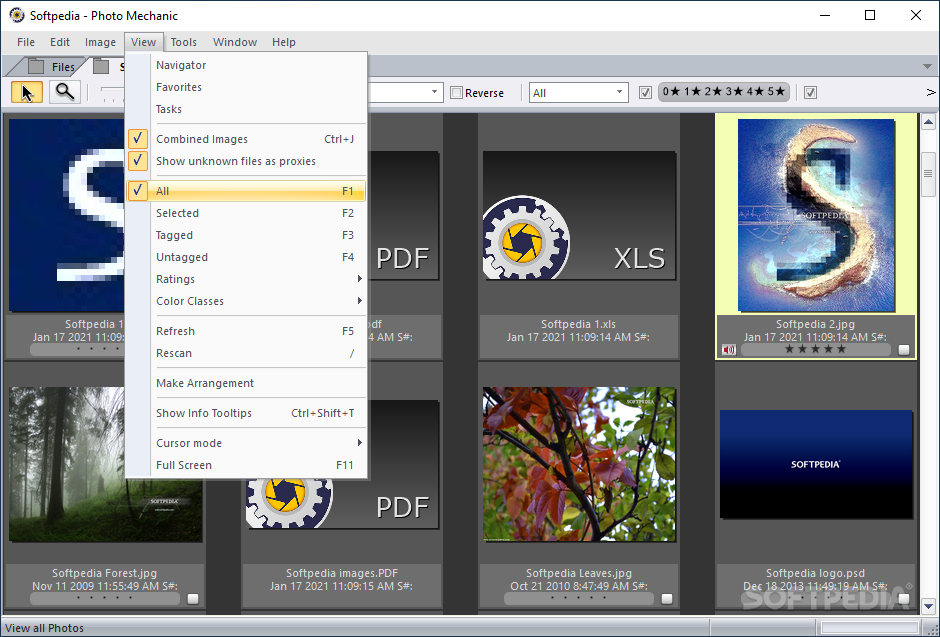

They were documented to move up to 424km in a northerly direction in spring and up to 398km in a southerly direction in autumn. Five of these whales made relatively large-scale intra-annual movements between areas on six occasions.

Most of the 44 unique individuals identified in 405 encounters displayed fidelity to areas both within and among years. Despite year-round search efforts, common minke whales were only encountered between April and October. These data were from four non-overlapping areas between 48°N and 53°N. To determine movement patterns of common minke whales found in coastal waters of British Columbia and Washington we examined photo-identification data that were collected opportunistically from 2005–12. It is generally believed that they make annual migrations between higher latitudes in the summer and lower latitudes in the winter however, in some temperate coastal regions where common minke whales have been sighted year-round they have been referred to as resident. In the eastern North Pacific Ocean, common minke whales (Balaenoptera acutorostrata) are widespread but encountered relatively infrequently. Greater awareness and stakeholder engagement may increase compliance and, therefore, the efficacy of measures in the future. The management trials were effective in reducing potential impacts singularly and in concert. Tug displacement also reduced ambient noise in these frequencies, despite making up a small portion of the overall traffic. Resulting sound reductions were most notable in the lower frequencies, although reductions were also recorded in SRKW pertinent ranges. Median reduction in speeds ranged from 0.2–3.5 knots. High levels (> 80%) of compliance were found for each measure, except ISZs, where observance was low.
Photo mechanic 4.6.8 trial#
A control period of two-months prior to trial initiation was used to quantify the changes.

Knowing this, the changes in soundscape were examined, focused on impacts on broadband (10 Hz to 100 kHz) ambient noise and the frequencies used by SRKW for communication (500 Hz to 15 kHz) and echolocation (15 to 100 kHz). To assess each of the measures we first considered the level of mariner participation using data from the Automated Identification Systems (AIS), mandatory for commercial vessels. Here, we describe trials undertaken in 2020, which included spatially limited slowdown zones, exclusion areas as Interim whale Sanctuary Zones (ISZs), and a lateral displacement of tug transits to increase the distance between their route and SRKW foraging areas.

Vessel noise is a key threat to SRKW prosperity, and so conservation measures directed to mitigate its effects have been explored annually since 2017. This is, however, a highly traversed area, with approaches to industrial ports and coastal cities, international shipping lanes, ferry routes, and considerable recreational vessel traffic. The inland waters around southern Vancouver Island and northern Washington State, known as the Salish Sea, host critical habitat for endangered southern resident killer whales (SRKW). Swiftsure Bank and the Strait of Juan de Fuca, Haro Strait on the west side of San Juan Island, Boundary Pass, Swanson Channel, and southern portions of the Strait of Georgia are designated critical habitat for SRKW, and are areas they utilize frequently during the summer (Balcomb and Bigg, 1986 Krahn et al., 2004 Department of Fisheries and Oceans Canada, 2017b Olson et al., 2018). Whereas the mammaleating Bigg's killer whale population has increased (Towers et al., 2012), the piscivorous southern resident killer whale (SRKW) population has declined to 75 individuals in recent years (Center for Whale Research, 2021) and are listed as Endangered under both the Canadian Species at Risk Act (SARA) and the American Endangered Species Act (ESA, Krahn et al., 2004 National Oceanic and Atmospheric Administration, 2005). The inland waters around southern Vancouver Island and northern Washington State, collectively referred to as the Salish Sea, hosts both Bigg's (formerly transient) and resident killer whale ecotypes.


 0 kommentar(er)
0 kommentar(er)
